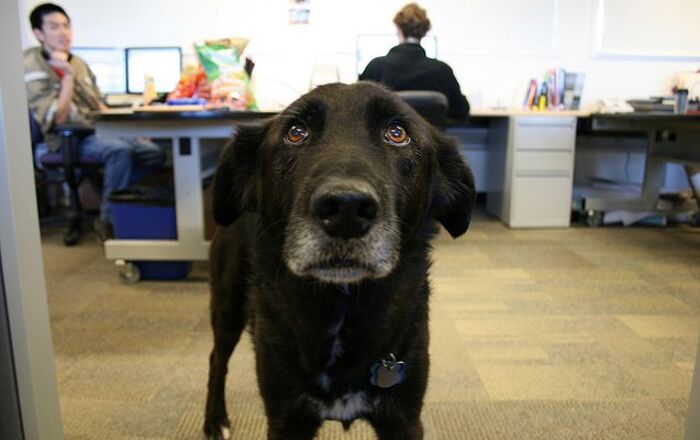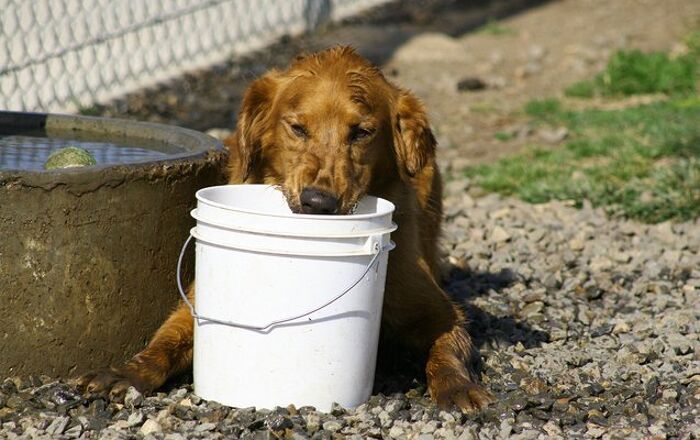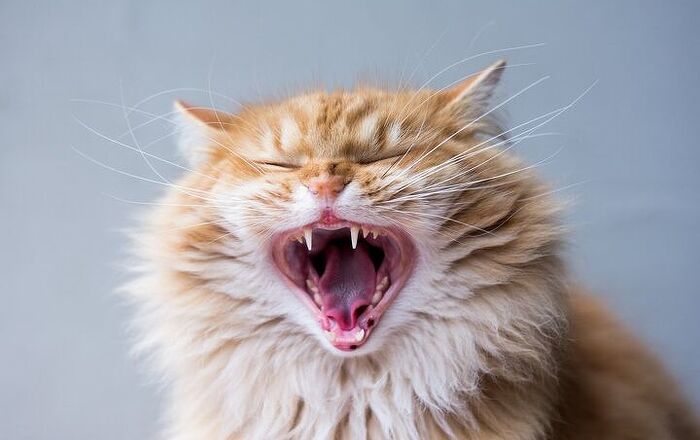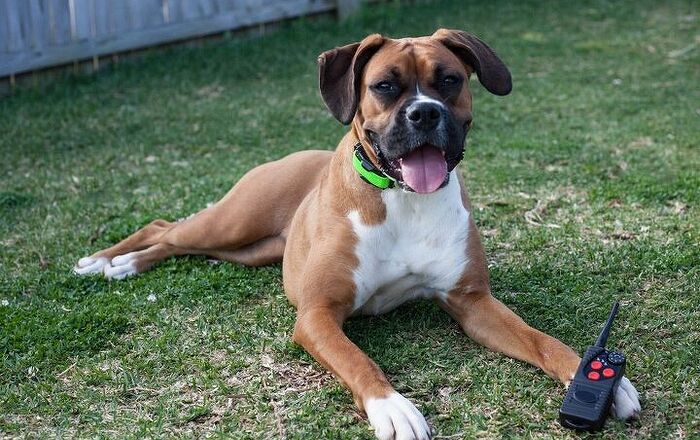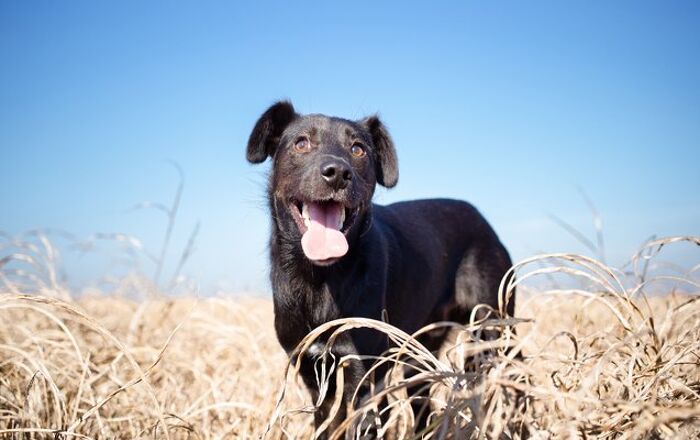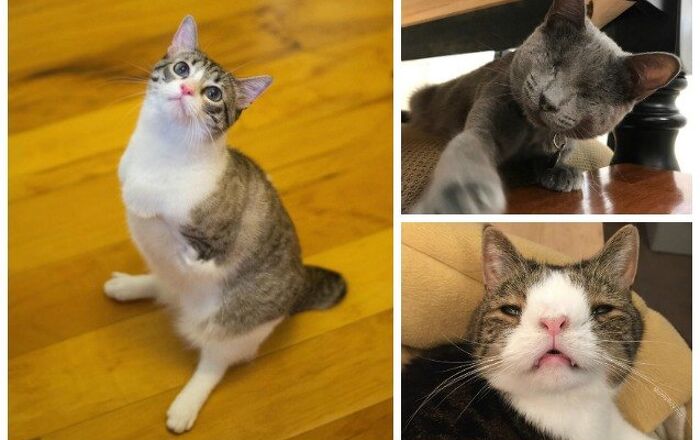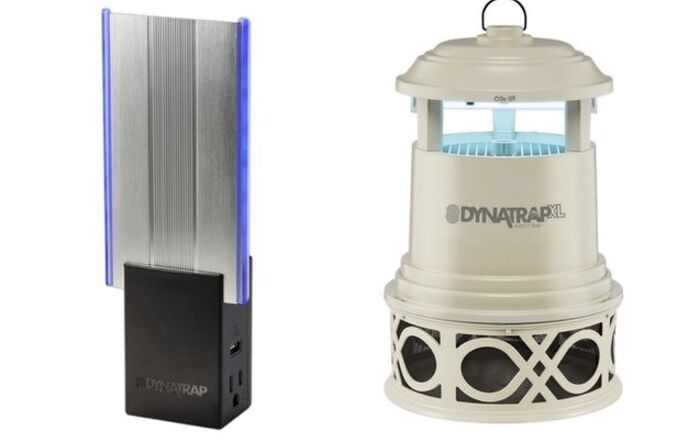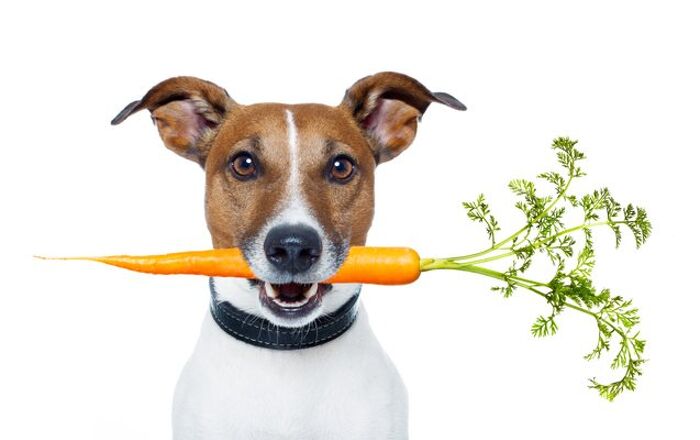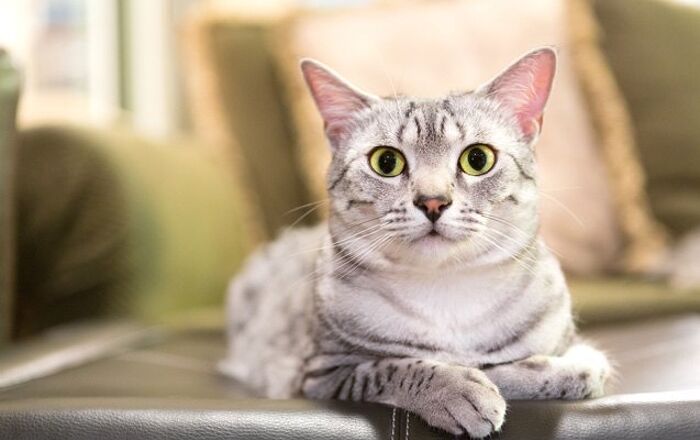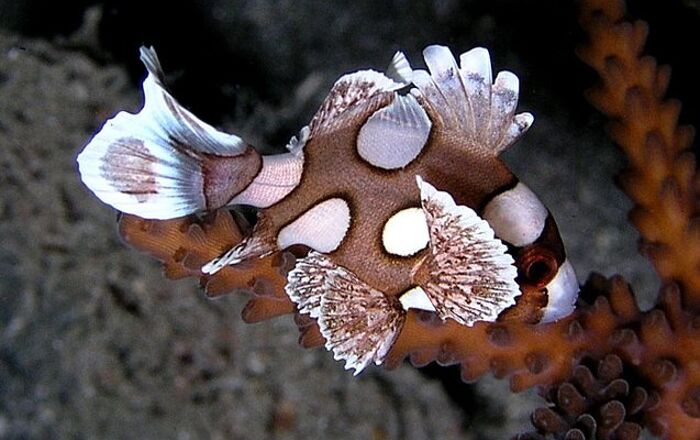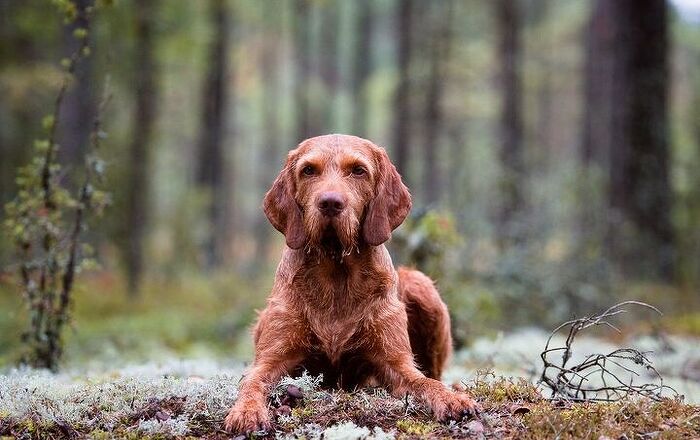
Broholmer Basics
Also known as the Danish Mastiff, the Broholmer is a large-breed dog from Denmark. This molosser breed has served as a guard dog in the homes of wealthy Danish families for centuries. Despite its size and powerful build, this breed is a calm and good-tempered dog that does well as a watchdog. If you are looking for a friendly breed with natural protective instincts, the Broholmer may be a good breed for you to consider.
Also known as the Danish Mastiff, the Broholmer is a large-breed dog from Denmark.
Origin
The origins of the Broholmer can be traced back to the Middle Ages when it was used to hunt stag. The exact details of this breed’s origins are unknown but it is known to have originated in Denmark – it carries the nickname Danish Mastiff. The Broholmer is the result of a cross between an English Mastiff and various local German breeds – it is named after the Sehested of Broholm, an 18th century game-keeper. King Frederick VII is depicted in family portraits with dogs of the breed and it became immensely popular in the homes of wealth Danish families throughout the 19th century. The Broholmer breed nearly went extinct during the Second World War but a group of Danish enthusiasts revived the breed after discovering isolated members of the breed during the 1970s. The breed was first imported into the UK in 2009 and was recognized by the United Kennel Club in 2006. It is currently part of the Foundation Stock Service with the AKC.
Pedigree

The Broholmer breed is thought to be the result of crossings between the English Mastiff and various local German dogs.
Food/Diet
The Broholmer is a large-sized breed and should be offered a diet formulated for dogs of its size. Because this breed is so large, it may take longer to develop than other breeds but you do not want it to grow too quickly or it could put unnecessary strain on his joints – you may need to switch your puppy to adult food after 9 months instead of waiting until he is 1 year old.
The Broholmer is an intelligent breed that typically responds well to training.
Training
The Broholmer is an intelligent breed that typically responds well to training. This dog was developed as a watch dog breed so he may have a bit of an independent streak. For this reason it is recommended that you maintain a firm and consistent hand in training. This breed responds well to positive reinforcement-based training methods. As is true for all breeds, it is recommended that you start puppies with socialization and training as early as possible.
Weight
The Broholmer stands between 22 and 30 inches tall with males of the breed being larger than females. Females typically weigh between 90 and 130 pounds while males weigh between 110 and 150 pounds.
Temperament/Behavior

The Broholmer is a calm and friendly breed with naturally watchful tendencies. This breed can get along well with children and it does well as a family pet, but it will always be a little bit wary around strangers. This breed does not tend to be aggressive toward people or other dogs but it is recommended that you start with training and socialization at an early age to prevent the development of problem behaviors.
Common Health Problems
For the most part, the Broholmer is a healthy breed not prone to major health problems. As a large-breed dog, however, it may be prone to developing certain musculoskeletal conditions like hip dysplasia, elbow dysplasia or patellar luxation. It is important to avoid over-exercising this breed while it is still growing because vigorous exercise could put too much strain on his developing joints. Wait until your puppy is fully grown to expose him to vigorous exercise like long-distance running or dog sports.
Life Expectancy
As a large-breed dog, the Broholmer has a fairly short lifespan averaging about 7 to 11 years.
Exercise Requirements
The Broholmer requires a long daily walk to meet its needs for exercise. This breed is not particularly high-spirited but it may develop behavioral problems without adequate daily exercise.
The Broholmer is a calm and friendly breed with naturally watchful tendencies.
AKC
The Broholmer is not currently recognized by the American Kennel Club (AKC) but it is part of the Foundation Stock Service. When sufficient numbers of the breed are registered the AKC will official recognize the breed.
Coat
The Broholmer has a short, smooth coat that lies close to the skin. This breed typically exhibits brown or tan coloration, sometimes with white markings or a black mask.
Puppies
The average litter size for the Broholmer breed is between 4 and 10 puppies. Because this breed is so large it may take longer to grow to full-size. This being the case, avoid strenuous exercise that might damage your puppy’s developing joints until he is full-grown. As is true for all breeds, it is recommended that you start puppies with socialization and training as early as possible.
Photo credit: BIGANDT.COM/Shutterstock; Jne Valokuvaus/Shutterstock


